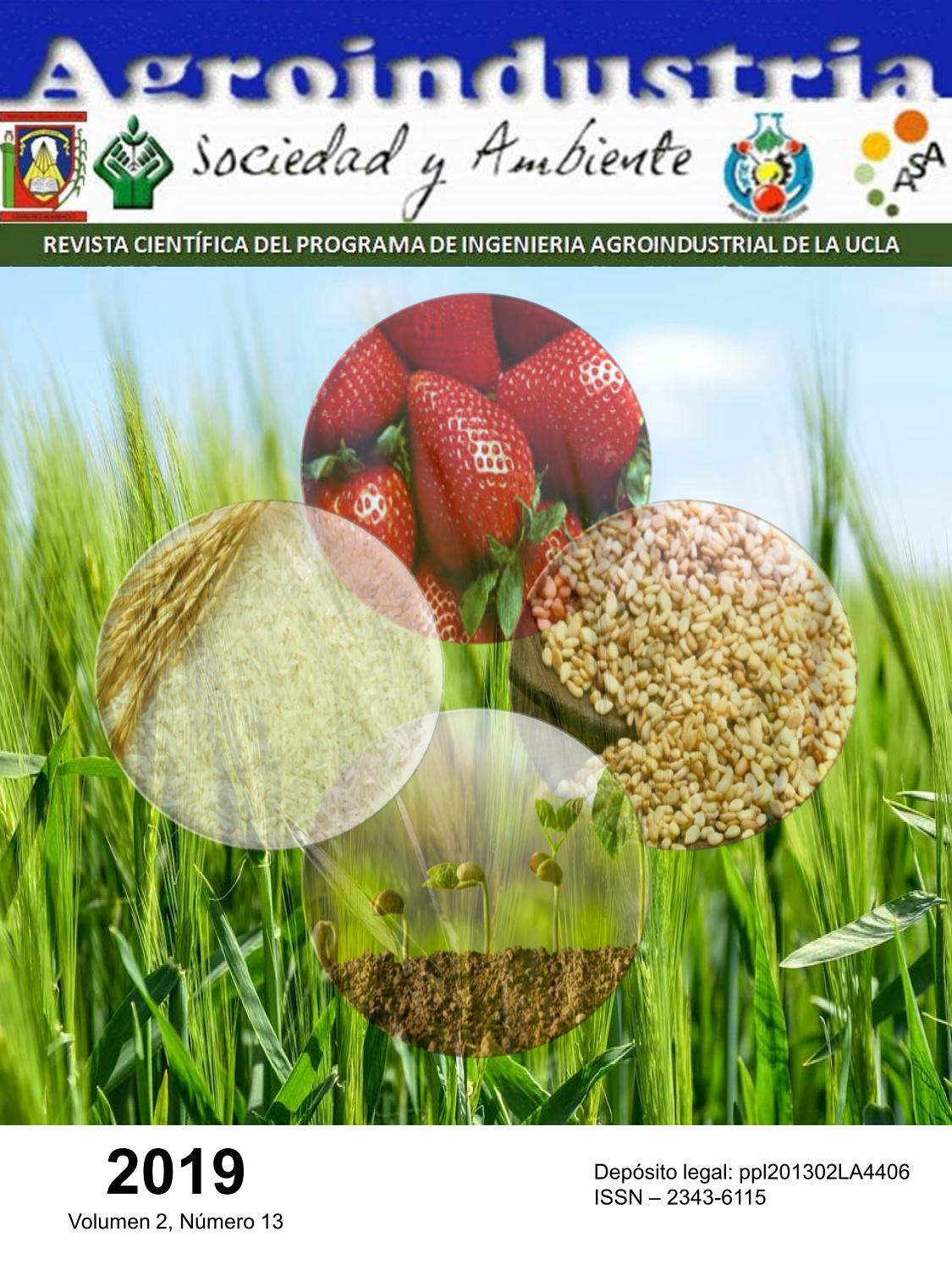Sensorial evaluation of a probiotic yogurt applying consumer tests
Keywords:
Yogurt, descriptive tests, Lactobacillus plantarum, sensory evaluationAbstract
Yogurt is a food with attractive qualities for the incorporation of probiotic microorganisms and thus increase the nutritional properties, however, food products must be subject to a sensory evaluation to adapt to the tastes of the consumer and achieve acceptance and positioning in the market. In this sense, it was proposed to sensorially evaluate a probiotic yogurt applying intensity scale and CATA questioning methodologies, based on consumers. The yogurt was made with two wild strains of Lactobacillus plantarum and two proportions of strawberry jam and gelatin, obtaining 8 different formulations. Fifty potential consumers were used in each test, measuring in both cases the acceptability of the yogurt with a structured hedonic scale of 9 points. To describe the ideal product and yogurt, 9 sensory attributes were used in the intensity scale test and 20 sensory descriptors in the CATA questions methodology. The acceptability of the evaluated product was 4.9 to 7.7 with intensity scale and 4.7 to 6.8 with the CATA questions methodology, where the highest values were assigned to the formulations with the highest content of strawberry jam. The ideal yogurt was described with yogurt flavor, strawberry flavor, strawberry aroma, consistent, acid and sweet. It is concluded that it is possible to make yogurts with Lactobacillus plantarum strains pleasant to the consumer using a proportion of 30% of strawberry jam and 0.8% of gelatin.
Downloads
References
Bruzzone, F., Vidal, L., Antúnez, L., Giménez, A., Deliza, R. y Ares, G. (2015). Comparison of intensity scales and CATA questions in new product development: Sensory characterisation and directions for product reformulation of milk desserts. Food Quality and Preference, 44 (1): 183–193.
Comisión Venezolana de Normas Industriales (COVENIN). (1977). Frutas y productos derivados. Determinación de la acidez (COVENIN 1151-77). Venezuela: Ministerio de Fomento.
Comisión Venezolana de Normas Industriales (COVENIN). (1977). Alimentos. Determinación del pH (acidez iónica) (COVENIN 1315- 79). Venezuela: Ministerio de Fomento.
Comisión Venezolana de Normas Industriales (COVENIN). (2001). Yogurt. (COVENIN 2393). Tercera revisión. Venezuela: Ministerio de Fomento.
Comisión Venezolana de Normas Industriales (COVENIN). (1989). Mermeladas y jaleas de frutas. (COVENIN 2592). Venezuela: Ministerio de Fomento.
Comisión Venezolana de Normas Industriales (COVENIN). (1983). Frutas y productos derivados. Determinación de sólidos solubles por refractometría. (COVENIN 924-83). Venezuela: Ministerio de Fomento.
Cruz, A.; Cadena, R.; Castro, W.; Esmerino, E.; Rodrigues, J.; Gaze, L.; Faria, J.; Freitas, M.; Deliza, R. y Bolini, H. (2013). Consumer perception of probiotic yogurt: Performance of check all that apply (CATA), projective mapping, sorting and intensity scale. Food Research International, 54 (1): 601–610.
López de Blanco, M.; Landaeta, M. Herrera, M. y Sifontes, Y. (2014). La doble carga de desnutrición y obesidad en Venezuela. [En línea] Scientific Electronic Library Online: 27 (1): 77-87. Revista en línea. Disponible: http://www.scielo.org.ve/scielo.php?script=sci_arttext&pid=S0798-07522014000100012. [Consulta 2017, Mayo 25].
Moraes, P. y Bollini, H. (2010). Perfil sensorial de iogurtes comerciais sabor morango nas versões tradicional e light. Sensory profile of traditional and light versions of commercial strawberry yogurt. Brazilian Journal Of Food Technology, 13 (2): 112-119
Santillán, E. Méndez, M. y Vélez Ruiz, J. (2014). Productos lácteos funcionales, fortificados y sus beneficios en la salud humana. Revista Temas Selectos de Ingeniería de Alimentos, 8 (1): 5-14.
Varela, P. y Ares, G. (2012). Sensory profiling, the blurred line between sensory and consumer science. A review of novel methods for product characterization. Food Research International, 48 (1): 893–908.
Villanueva, R. (2015). Probióticos: una alternativa para la industria de alimentos. Red de Revistas Científicas de América Latina, el Caribe, España y Portugal, 33 (1): 265-275.
Published
How to Cite
Issue
Section




